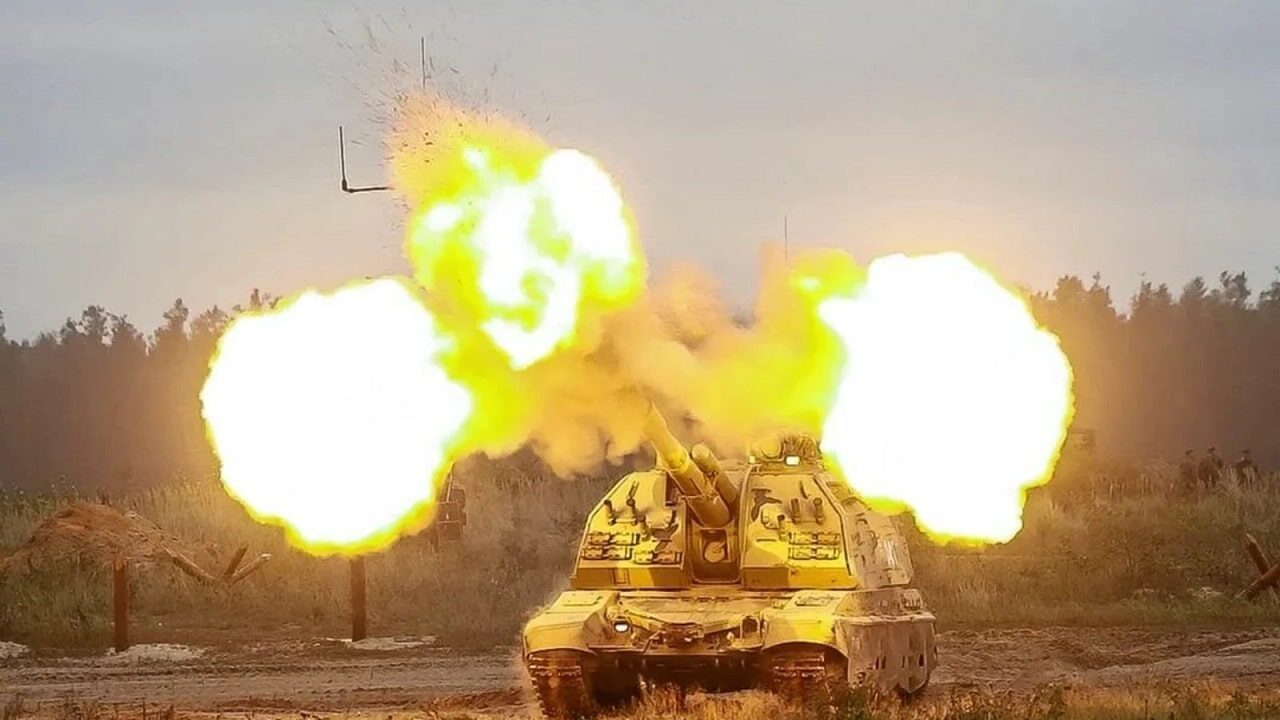This is an intriguing twist in efforts to maintain nuclear security. And by intriguing I mean downright scary. Civil war or a coup attempt appears to have engulfed Russia overnight, with the Wagner Group evidently seizing the military hub of Rostov-on-Don and marching on Moscow with 25,000 soldiers of fortune. The evident breakdown in civil order conjures the specter that nuclear weapons—or, more likely, materials useful for making nuclear or radiological weapons—might come under the control of rebel, insurgent, or terrorist forces, or even common criminals or gunrunners.
And who knows what use they might make of doomsday armaments?
Civil strife in an atomic state is a dimension of the second nuclear age to which specialists—including, on occasion, myself—have paid scant attention. That may have been an oversight. Certainly domestic turmoil has shaped nuclear security and strategy in the past. South Africa’s apartheid regime dismantled its handful of tactical weapons to prevent the post-apartheid government from inheriting a nuclear arsenal. The Soviet Union came apart at the seams in 1991, casting doubt on who would oversee the Soviet nuclear armory. Post-Soviet Russia suffered through a traumatic 1990s when, for example, money was too tight to scrap old nuclear-powered submarines without external help. Back then the prospect of loose nukes was all too real.
But civil war is a creature of an altogether different—and more malevolent—order.
In essence the second nuclear age is an age when more and more states acquire nuclear weapons, albeit in smaller numbers than the fearsome U.S. and Soviet inventories of old. Arms control has had its effect. Nuclear-weapon states now come in many shapes and sizes—measured by indices such as demographics, GDP, and natural resources—making for asymmetries less pronounced during the relatively symmetrical, bipolar, stable Cold War competition. They crowd one another in geographic space, and they have different agendas prone to misinterpretation by fellow nuclear-weapon states. Try convincing China that efforts to fortify deterrence vis-à-vis North Korea aim to shape strategic thinking in Pyongyang rather than Beijing.
In short, the geometry of deterrence is now more intricate and difficult to manage than before. Such are the quandaries of the second nuclear age, when a nuclear exchange appears more likely if less apocalyptic than during the first.
A debate commonly rages among specialists when a new gatecrasher joins the nuclear-weapons club. Namely, will its leadership, armed forces, and society abide by the logic of mutual assured destruction the way nuclear powers did during the first nuclear age? If so, forbearance should result. If not, the world could have a colossal problem on its hands in the form of a renegade nuclear state primed to use the ultimate weapon to fight rather than deter. This is a worthwhile debate to conduct with regard to substate actors such as the Wagner Group or any other body that challenges a state’s authority. It is far from a foregone conclusion that mutual assured destruction would govern how such groups put nukes to political use.
And how do you deter a nuclear-armed substate group?
There’s also the question of how to safeguard the makings of nuclear or radiological arms. Radiological substances seem more likely than full-up nuclear weapons to fall into the wrong hands, considering the elaborate precautions governments take to defend their arsenals against seizure or unauthorized use. But a variety of installations in a variety of fields, from nuclear power plants to medical-research facilities, employ radiologdical materials in their daily work. By and large these are not military installations with security up to military grade.
That being the case, the quality of the human beings comprising an installation’s security force looms large. Quality is a function not just of education and training but of attitudes and morale. A knowledgeable, vigilant staff stands a solid chance of fulfilling its security mission. It is a sentry. Indifference or malice among the staff could deliver the rudiments of crude nuclear devices or dirty bombs into the hands of rebels, insurgents, terrorists, organized crime, or weapons traffickers. That’s why it is crucial that leaders and managers of sites housing nuclear-relevant substances pay close scrutiny to nuclear security culture. They are cultural stewards, setting the tone for how the institution conducts its affairs.
Such a culture shapes assumptions among security personnel, habituating them to look out for and guard against threats not just from without but from within. In fact, the insider threat is more insidious and tough to protect against than is sabotage or a conventional frontal assault from outside. The former depends more on a healthy human factor within the institution, the latter more on equipment such as locks, gates, and material accounting and control systems.
And human beings are far harder to gauge than hardware. Machinery exists to perform routine tasks, again and again, the same way every time. People are fallible.
Nowadays we in the West exercise little influence on Russian nuclear strategy or security beyond efforts to keep our deterrent forces strong. We can’t compel Russian commanders or security managers to be good stewards of lethal matériel. But we can remain watchful. While tracking the fighting in Russia, Western intelligence services could also stand to monitor not just military but nonmilitary sites for signs of loose armaments or materials, just in case Russian nuclear security culture proves permeable.
After all, forewarned is forearmed.
Dr. James Holmes is J. C. Wylie Chair of Maritime Strategy at the Naval War College, a Distinguished Fellow at the Brute Krulak Center for Innovation & Future Warfare, and the coauthor of “Nuclear Security Culture,” new out from Oxford University Press. The views voiced here are his alone.
From 19FortyFive
Footage Shows World War I Guns Being Used in Ukraine
‘Vacuum Bombs Destroyed’: Ukraine Footage Shows Putin’s Thermobaric Rockets Destroyed
BOOM! Ukraine Video Shows Precision Strike on Russian Air-Defense System

